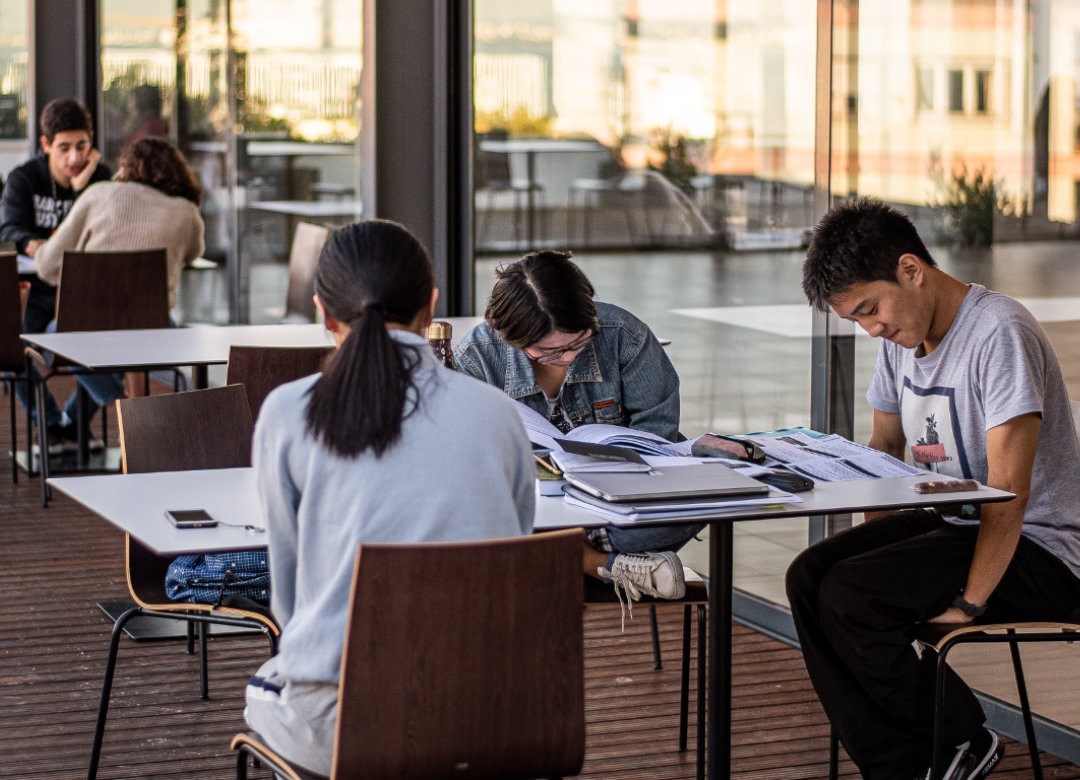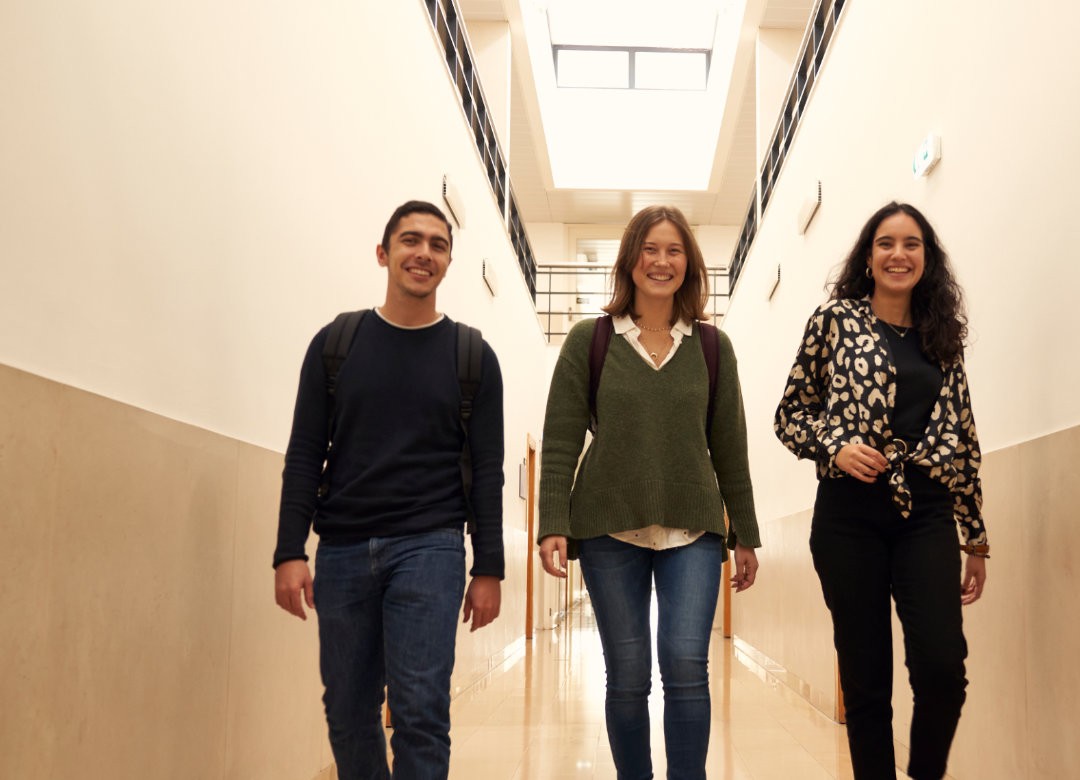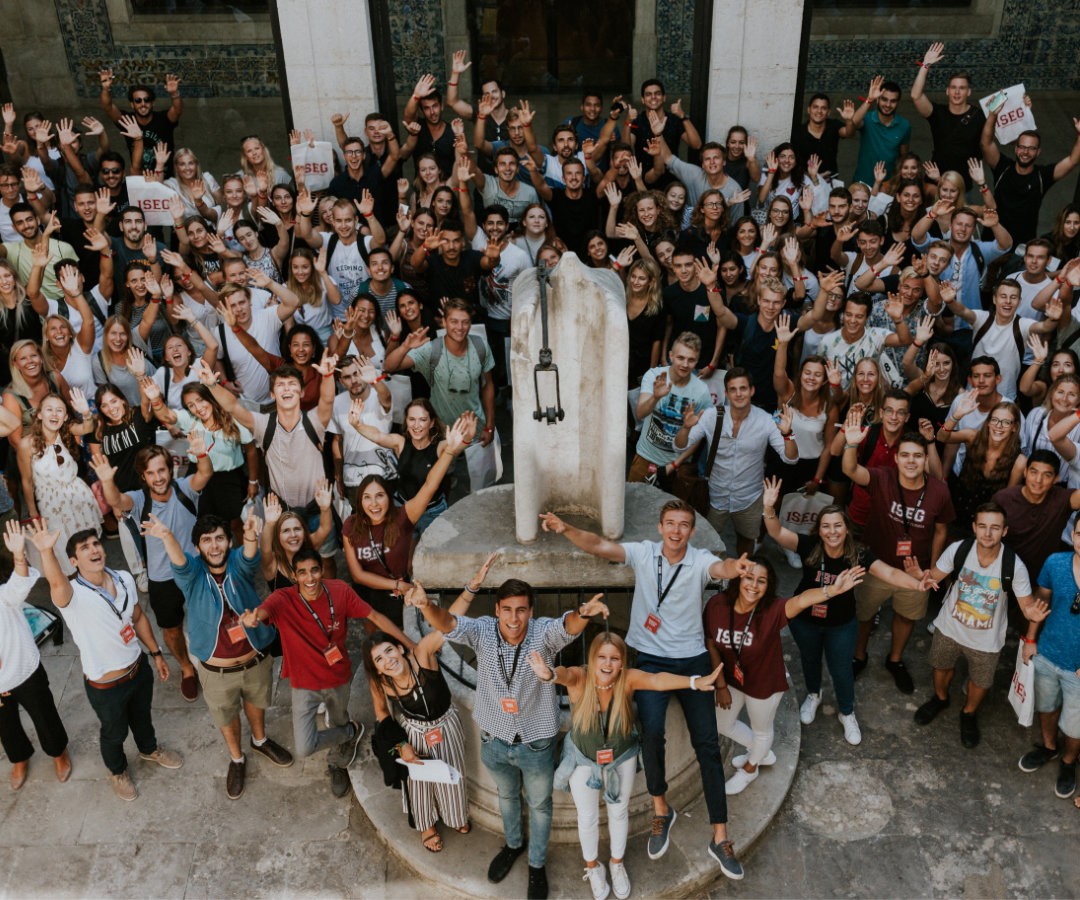Aluno: Alessandro Torella Di Romagnano
Resumo
House-sharing and peer-to-peer accommodation expansion in Lisbon transformed the real es- tate business and the touristic industry of the city. In this context, Airbnb is the main driver of such transformation with rising popularity among both private property owners and professional businesses seeking to monetize their dwellings. Among the consequences of the concentration of many properties in certain neighborhoods, gentrification is the one which requires the most attention and needs for regulations. House affordability and rent gaps in the central locations is a key theme explored extensively by the literature in social and geographical studies. The pur- pose of this study is to analyze the Airbnb pricing distribution in Lisbon by identifying the main factors contributing to gentrification in order to help regulatory agencies reach targets 11.1 and 11.2 of the Sustainable Development Goal 111, namely providing a safe affordable housing and a sustainable transportation system. The methodology implemented encompasses traditional spatial analysis tools combined with innovative approaches through topic modelling and natural language processing techniques. The results obtained confirm, on one hand, the presence of high prices hotspots identified by the literature as well as uncovering new ones and, on the other, show a very close relationship between the subway network and key transport hubs of Lisbon and the pricing of the peer-to-peer accommodations, indicating that clustering of high rental values around these spots promote gentrification and low house affordability phenomenon. The study contributes, on one side, to enrich the current literature on spatial analysis and gentrification in the context of house sharing and, on the other hand, provides regulatory agencies with insights to monitor and efficiently control areas at risk.
Trabalho final de Mestrado








